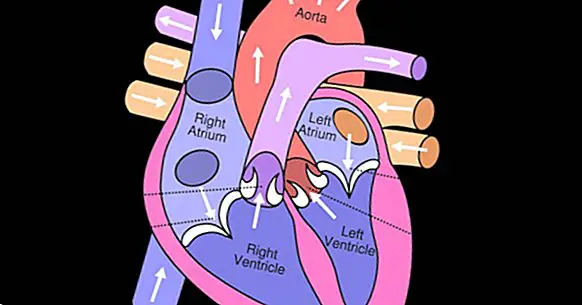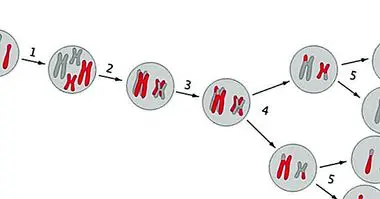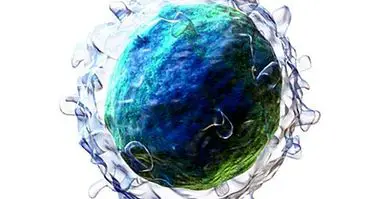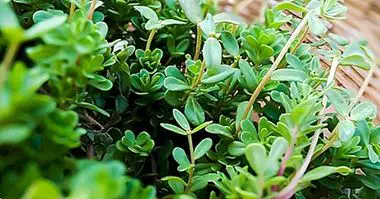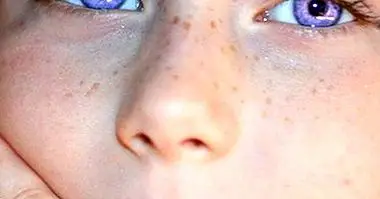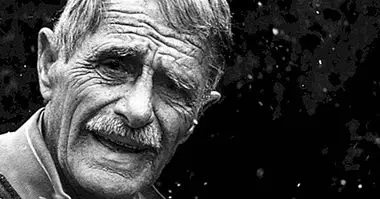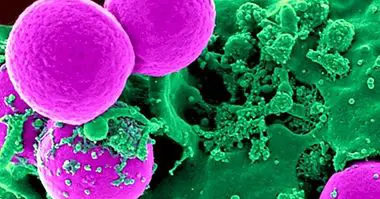The 13 parts of the human heart (and its functions)
One of the organs that develop earlier and together with the brain one of the most important for our survival is the heart.
This organ, the main core of the cardiovascular system, allows the blood to travel and irrigate the different organs of our body. But the heart is not a uniform mass, but is shaped by different elements. In this article we are going to talk about the different parts of the heart.
The heart as the core of the cardiovascular system
The heart is the main organ of the cardiovascular system . It is an organ formed by hollow muscular tissue whose contractions and dilatations generate that the blood is pumped to the rest of the organism. Its contraction or systole is the movement by which blood is allowed to flow out and be propelled into the arteries, while diastole or dilation allows blood to enter from the veins.
The pumping of blood causes nutrients and oxygen obtained from other bodily functions such as respiration and digestion reach the different organs of our body, as well as being released from the waste of their functioning (as occurs with carbon dioxide) , which travels to the heart to later go to the lungs and excrete with the breath).
Although its operation may seem simple, the truth is that its beating supposes the coordination of the movement of the cardiac muscle and the correct functioning of its different parts . Its importance is such that the cessation of its functions causes our death (unless artificial mechanisms are used that perform their same function).
Although the heart is connected and is influenced by the nervous system, in reality it acts largely autonomously.
Parts of the heart and its functions
The human heart is formed by different parts whose coordinated action allows the pumping of the blood. It is widely known that we can find four chambers inside the heart: two atria and two ventricles.
But we must also bear in mind that there are other elements such as the valves that communicate between them and allow both the blood to pass and not to go back or the partitions that separate them. In general we can find the following parts of the heart .
1. Left atrium
One of the four major heart cavities where blood is received and pumped . The left atrium is characterized by being connected to the pulmonary veins, from which it receives highly oxygenated blood and then sends it to the left ventricle.

2. Mitral valve
One of the parts of the heart, separates and communicates the left atrium of the left ventricle . Its opening (generated by the systole of the atrium) causes blood to travel between both regions.
3. Left ventricle
Another of the main parts of the heart. The left ventricle receives oxygen-rich blood from the left atrium and sends it to the rest of the body through the aorta artery.
4. Aortic sigmoid valve
This valve separates the aorta from the left ventricle and it allows before its opening that the blood with oxygen reaches through the artery to the rest of the body . It opens before contraction or systole and closes before dilatation / relaxation or diastole.
5. Right atrium
The right atrium receives the blood from the venae cavas, blood already deoxygenated, to send it to the right ventricle .
6. Tricuspid valve
Located between the atrium and right ventricle, the tricuspid valve separates both cavities and allows through its opening that blood passes between them . It also prevents the blood from going back once closed (which occurs when the ventricle contracts).
7. Right ventricle
This part of the heart receives blood from the right atrium and then sends it to the lungs through the pulmonary arteries. There the blood is reoxygenated to later return to the heart through the pulmonary veins .

8. Lung sigmoid valve
It is a valve that separates the right ventricle from the pulmonary arteries. Contraction of the ventricle causes it to open, allowing the passage of blood to the respiratory system .
9. Interbody wall
It is about the muscular wall that separates both atria .
10. Interventricular septum
Muscle wall that separates the left ventricle from the right .
11. The sinoatrial or sinoatrial node
This element located in the upper part of the right atrium may not be especially known, but it is one of the most important parts of the heart since they allow it to function.
And is that this nodule is the structure that allows the heart to beat the general electrical impulses that cause its contraction (Similar to what happens with neurons, the heart beats because this element generates action potentials based on the chemical balance between sodium and potassium). Its operation is regulated by the autonomic nervous system, although it can work on its own.
12. Atrioventricular or Aschoff-Tawara nodule
This nodule is another part of the heart whose functioning allows the heartbeat . It conducts and helps coordinate the electrical impulse initiated in the sinus node. It allows the ventricles not to contract before the blood in the atria passes to them.
13. Fascicles of His and Purkinje fibers
It is about the elements through which the electrical impulse initiated in the previous modules moves through the whole of the heart , allowing for example that the discharge reaches the ventricles.
Arteries and veins
Although they are not properly part of the heart, the following veins and arteries are those that maintain a direct contact with it.
1. Pulmonary veins
It is the veins that carry blood from the lungs to the heart, its content being rich in oxygen (it is the only type of vein whose content is abundant in oxygen).
2. Aortic artery
This artery carries oxygen-rich blood to the rest of the body.
3. Veins cavas
Cava veins are the blood vessels that reintroduce the deoxygenated blood that has been running throughout the body in the heart.
4. Lung arteries
It is about the blood vessels that are going to take the blood without oxygen to the lungs to oxygenate. It is the only type of artery that carries blood without nutrients or oxygen.

